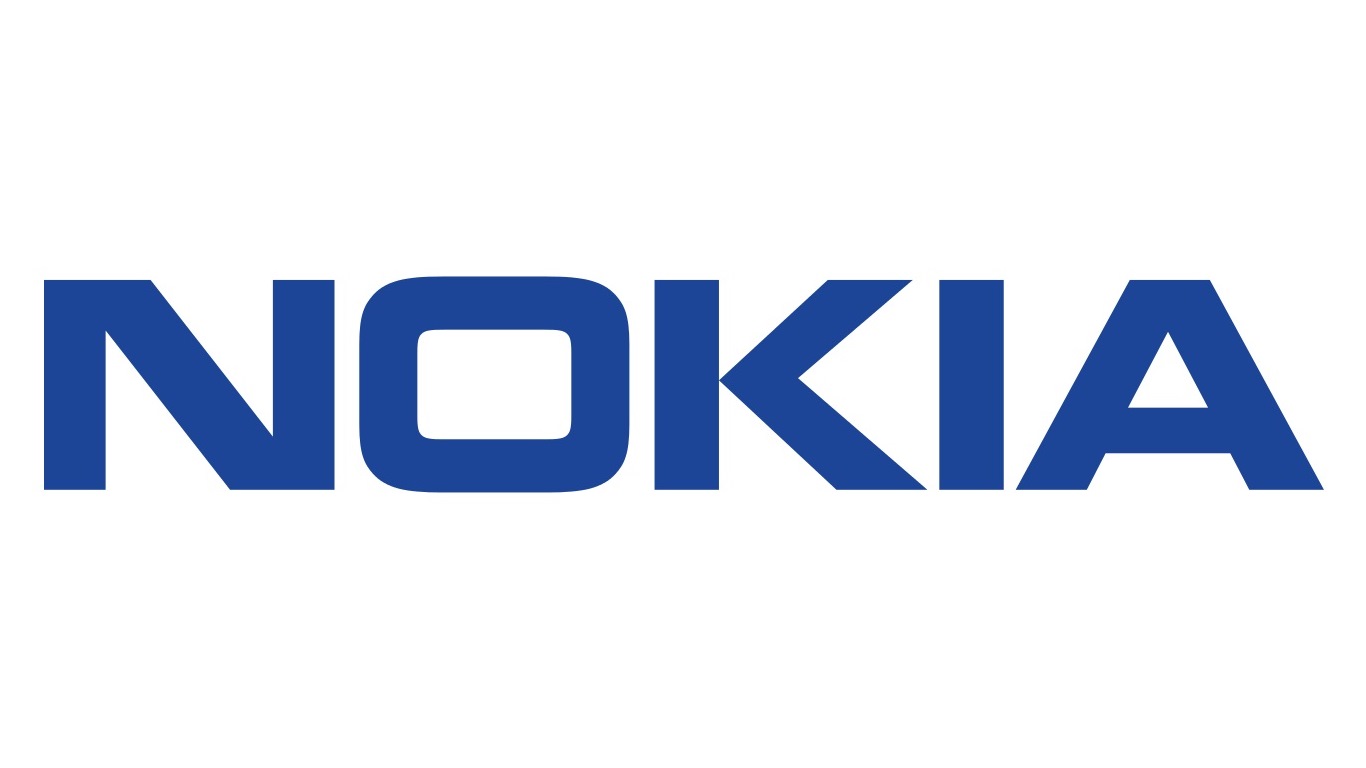
Nokia Corp. (NYSE: NOK) is one company that has been referenced repeatedly by some analysts and investors as a play on the coming 5G expansion. There is just one major problem. Nokia has managed to disappoint and let its investors down every step of the way for more than a decade. Nokia hasn’t even really had the economy to blame either, although the company has blamed COVID-19 for some of its woes.
Value investors frequently defend Nokia. They have had high hopes for 5G and have seen the company as a winner against Huawei in western markets. The problem is that the company has a very long history of disappointments, and that masks the value proposition that has actually been a perpetual value trap.
Looking out a decade, some investors should wonder if the world even needs Nokia to exist, other than allowing Europe still to have a large technology employer.
When Nokia reported its third-quarter profit, the telecom and communications equipment maker lowered expectations on its 2020 outlook and even talked down 2021 as well. Its revenue fell by 7% in the third quarter.
Another negative is that operating margins ahead were lowered to around 9.0% rather than the 9.5% that was previously projected, and the 2021 forecast now has an operating margin target with a 7% to 10% range. Analysts had been expecting closer to 10% margins, and Nokia has withdrawn its longer-term guidance of 12% to 14% for margin.
Pekka Lundmark, Nokia’s new chief executive, also has introduced a new corporate structure that includes four divisions and a higher focus on R&D in the realm of 5G. Lundmark talked up the potential in the network-as-a-service model, although Nokia claimed that the COVID-19 pandemic was hurting the broader telecom equipment markets.
That Nokia is a very complex company may be part of its troubles. Having tried to have a solution for every aspect of communications equipment can be a very expensive proposition. The Alcatel-Lucent merger basically split the company’s operations between France and Finland.
BofA Securities downgraded Nokia to Neutral from Buy. The firm also slashed its price target (to €3.00 from €4.50). Tal Liana, the BofA analyst covering Nokia, noted that it is starting a new era with lower margins and market share loss in 2021. The analyst did note that third-quarter earnings were in line, but the lower market share and loss of share at Verizon were also meeting pricing pressures in the United States at the same time there is a need to further invest in 5G. Nokia’s 2020 margin guidance was cut to 8.5% from a prior 9.0% target, and its 2021 operating margin guidance of 8.5% was handily under the 11% consensus expectation.
BofA did remain a positive view on Nokia’s long-term potential growth as a key player in 5G, but the firm did concede that challenging quarters will outweigh the attractive valuation.
Citigroup also questioned why the lower guidance had not been issued before, and the firm does not agree that the pandemic is hurting the equipment market at a time that 5G is just taking off.
One firm has issued an upgrade in Europe. Nokia was raised to Neutral from Underperform at Exane BNP Paribas, although its €3.10 price target was maintained.
Ahead of earnings, independent research firm CFRA reiterated its Buy rating with a $6.50 price target. The firm had noted ahead of earnings that slightly lower revenues would be offset by a better than expected margin.
Morningstar previously lowered its U.S. fair value target to $4.50 from $5.10. The firm noted that Nokia is still being hampered over 5G cost pressures. While Nokia will now move away from its emphasis on an end-to-end solutions provider, its newly established business units will have their own profit and loss responsibilities in an attempt to align with its customers’ needs and to drive greater accountability for each business unit.
Some analysts already apparently had seen the writing on the wall before its own management entered the confessional booth. Back on September 8, Raymond James threw in the towel and downgraded its prior Strong Buy rating to Market Perform. Even back in July, JPMorgan reversed an upgrade from the prior month by downgrading Nokia to Neutral from Overweight.
Nokia’s American depositary shares had been trading at $4.05 earlier in the week, ahead of Thursday’s earnings report. Still, the stock was at $4.30 at the end of the prior week. Thursday’s post-earnings reaction knocked it down to $3.35 for a weekly loss of about 22%.
That one upgrade was giving Nokia stock a boost of less than 1% to $3.38 in midday trading on Friday. Its 52-week range is $2.34 to $5.14. The stock was up at nearly $40 before the last recession, and it was up at $15 back in 2010.
Thank you for reading! Have some feedback for us?
Contact the 24/7 Wall St. editorial team.





